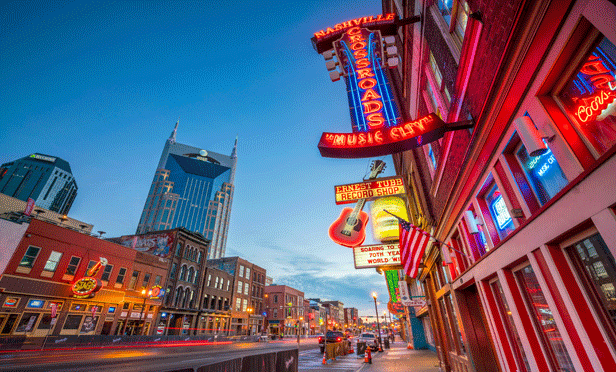Matching housing construction with need has never been easy, but it seems to have become increasingly difficult.
For years after the Great Recession, the U.S. fell behind in building enough multifamily units. That came into highlight during the Covid-19 pandemic when millions found themselves working from home. The 2022 year saw the highest number of multifamily construction starts since the 2007-2009 period, according to the Federal Reserve Bank of Atlanta.
Research from the Atlanta Fed shows that the amount of time it takes to build housing has grown, largely due to the increased time it takes for the planning stage. On average, projects take three-to-four months longer for planning, which includes permitting, than for physical construction. One practical result is that the industry is slower to respond to market forces, which creates a form of inertia. Development takes longer to respond and create new housing when needed and the extended time also means it takes more time to slow the response when the amount of housing has, at least for a while, caught up in a given market. Things keep going, creating an increased number of new units.
Recommended For You
The difficulty in response is also partly an issue of disagreement on how much additional housing is needed. The Joint Center for Housing Studies at Harvard University noted early in 2024 noted multiple estimates of the national housing shortfall. In 2020, Freddie Mac said that number was at 3.8 million. The National Association of Homebuilders (NAHB) put it at 1.5 million in 2021. But then, the National Association of Realtors said the number was 5.5 million in 2021. Each organization had a different way of measuring the gap. The National Low Income Housing Coalition (NLIHC) puts the lack at 7.3 million units when considering affordable housing for those with extremely low incomes.
Not part of the Atlanta Fed study but a logical extension of the construction development process is that once undertaken, it is expensive to drop without a result that can pay off the investment. As the study says, "The decision to proceed with an investment is informed by the expected value of the project at completion and uncertainty around that expectation." The longer the entire process, the more temporary excesses of inventory can be the result and the greater difficulty in matching buildings with market needs. There are also geographic variations. Project durations are greater in the Northeast and West than in the Midwest and South. Mixed-use takes longer than residency-only projects.
The study suggests some potentially beneficial steps. One would be streamlining the permitting and entitlements processes. Second, conversions of commercial into residential projects aren't as helpful as people assume. Because they take so long to plan, the conversions introduce new challenges that can eliminate any timing advantages over ground-up construction.
"Policymakers should ensure that they are not using this speed argument to justify the use of public resources to create incentives for conversions," the researchers wrote. Also, mandating ground-floor retail might slow multifamily projects.
© 2025 ALM Global, LLC, All Rights Reserved. Request academic re-use from www.copyright.com. All other uses, submit a request to [email protected]. For more information visit Asset & Logo Licensing.







